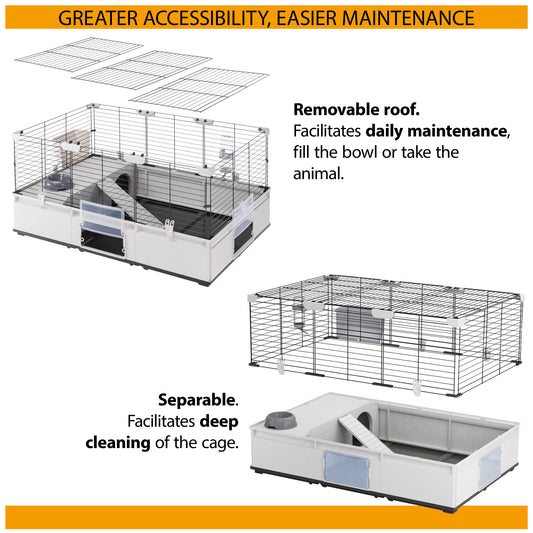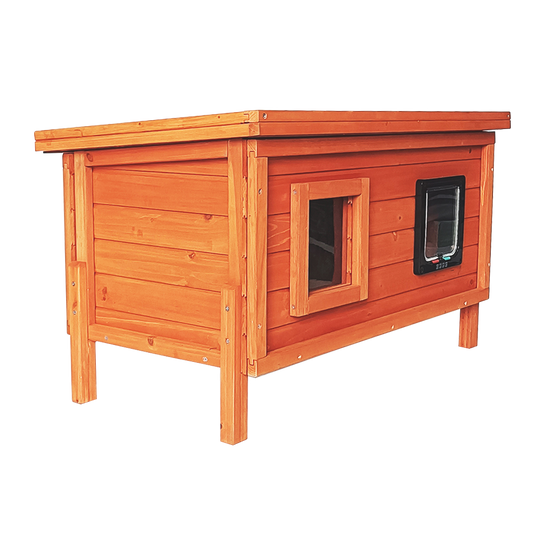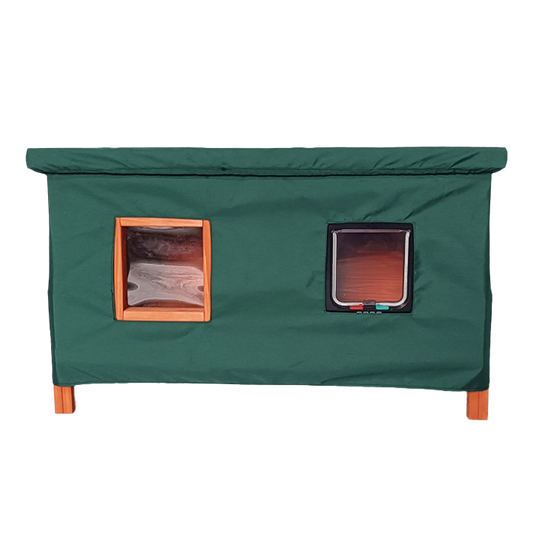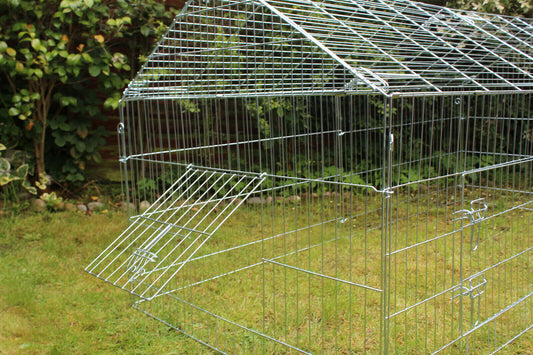Pampering your pooch
A grooming session with your dog is a good opportunity to check your pet over for any signs of ill health, as well as being a wonderful chance to strengthen the bond between you. Grooming requirements vary greatly between breeds depending on the types and length of coat, so make sure you know what your pet needs before you get started.
Coat types
These are the main types of canine coat:
- Smooth coats (such as French Bulldogs, Staffordshire Bull Terriers, Dobermanns, Pointers and Greyhounds). These are easy to maintain but are high shedding.
- Short coats (such as Labradors, Rottweilers, Beagles, Jack Russells and Pugs). These are also easy to maintain but high shedding.
- Combination coats (such as Golden Retrievers, Border Collies and Cavalier King Charles Spaniels). These coats tend to be long on the undercarriage and rear of the legs while short on the face, front side of the legs and body. Weekly brushing is required to prevent mats from forming and dogs with combination coats tend to shed seasonally.
- Silky coats (such as Spaniels and Setters). A combination of long and silky, and short and smooth hair which needs daily brushing.
- Long coats (such as Bearded Collies, Lhasa Apsos, Yorkshire Terriers and Shih Tzus). These are continually growing like our own hair and don’t tend to shed. Daily brushing is recommended and the coat will need regular trimming.
- Double coats (such as German Shepherds, Huskies and Spitz breeds). These have a harsh outer coat and a soft undercoat to protect the dog from extreme weather conditions. Shedding tends to occur all year round but a couple of times a year they will ‘blow’ their coat – which is a bit like a hair explosion!
- Curly coats (such as Bichon Frises, Poodles and Bedlington Terriers). These coats are considered to be non-shedding and will need brushing at least three times a week to prevent mats from forming. They will also need to be trimmed regularly.
- It is important that before you choose a breed you research the grooming requirements to make sure you know what you are taking on. While smooth and short coats need little maintenance, the long and curly coats are time consuming to keep on top of and often require the services of a professional groomer.
Getting started
It is a good idea to get your dog used to grooming as early as possible, preferably as part of their puppy socialisation. A dog that is used to being brushed and handled from a very young age will be much less likely to grow up to be fearful in the future.
Introduce your puppy to brushes and combs, and allow them to have a good sniff. Praise and give treats to build a positive association. With a regular grooming routine, you can remove dead hair and dirt in the coat while stimulating the production of natural oils to maintain good skin health. Regular brushing will also prevent a pet’s coat from becoming matted, which can result in pain and discomfort.
The Mikki Puppy Grooming kit is a great place to start as it includes a comb, flea comb and ball pin slicker brush – everything you need to keep your pup’s coat in tip top condition.
What you will need
Whether you are grooming an Afghan Hound or a Whippet, you’ll need the right tools for the job and there’s no shortage of choice when it comes to brushes and combs for canine coats. If you are unsure what would best suit your pet, check with your dog’s breeder or your vet.
- Pin brushes – can be used to smooth out tangles and remove dead hairs. A good all-round brush.
- Rubber brushes (such as the Zoom Groom) – are gentle on the skin as well as giving a good massage to help stimulate the release of natural oils.
- Slicker brushes – are best for short to medium-length coats. They have a wide surface full of fine pins that can pull out excess hair and debris from the coat.
- Grooming gloves – handy for dogs who do not enjoy being brushed as it will just feel like they are being stroked. These are best used on short and smooth coats.
- De-shedding tools (such as the FURminator or Moult Master) – a must for double-coated breeds that shed a lot. These tools pull out loose hairs from the undercoat without damaging the top coat.
- Dual combs – offering two sides of teeth so you can tackle knots with the wider side before finishing off with the finer side.
- Mat splitters – can help remove mats by cutting through small knots and tangles without damaging the coat or causing your pet any discomfort.
- Flea combs – these fine-toothed combs are great for when you need a thorough check through the coat for parasites.
- Nail clippers – keep an eye on your pet’s nails to make sure they do not get too long and ask your vet or a groomer for guidance before you try clipping them yourself.
- Shampoos and conditioners – you should choose a shampoo and conditioner specially formulated for dogs rather than humans which will be too acidic for canine skin.
- De-tangling sprays – will provide extra help with stubborn knots while leaving your dog’s coat silky smooth.
Bathing your dog
Washing a dog too much can strip their coat of natural oils so it’s not recommended you bathe them regularly unless they get dirty or suffer with skin problems. If you are washing your dog in the bath, it is a good idea to put a non-slip mat or old towel down first so that they feel more secure. Wet your dog all over before applying a little shampoo and avoid the face area. Ensure you rinse all of the shampoo out of the coat as the skin can become irritated if any is left behind.
Grooming top tips
Here are some handy hints to make grooming easier and more fun for you and your dog:
- Groom regularly. Get into the habit of grooming little and often to prevent painful mats and skin problems from developing.
- Know your limits. Don’t attempt to clip or trim your dog if you don’t know what you are doing. Accidents can easily happen with a nervous owner and/or dog and a pair of scissors. If in doubt, seek advice from a professional groomer.
- After a bath it is best to towel-dry your dog. Hairdryers can frighten dogs and even cause them to overheat.
- Use encouragement and treats to make your dog more comfortable during a grooming session. If your dog has trouble standing still, you could smear something like dog-safe peanut butter on something for them to lick while you are brushing them.
If you enjoyed this article, have a look at:









